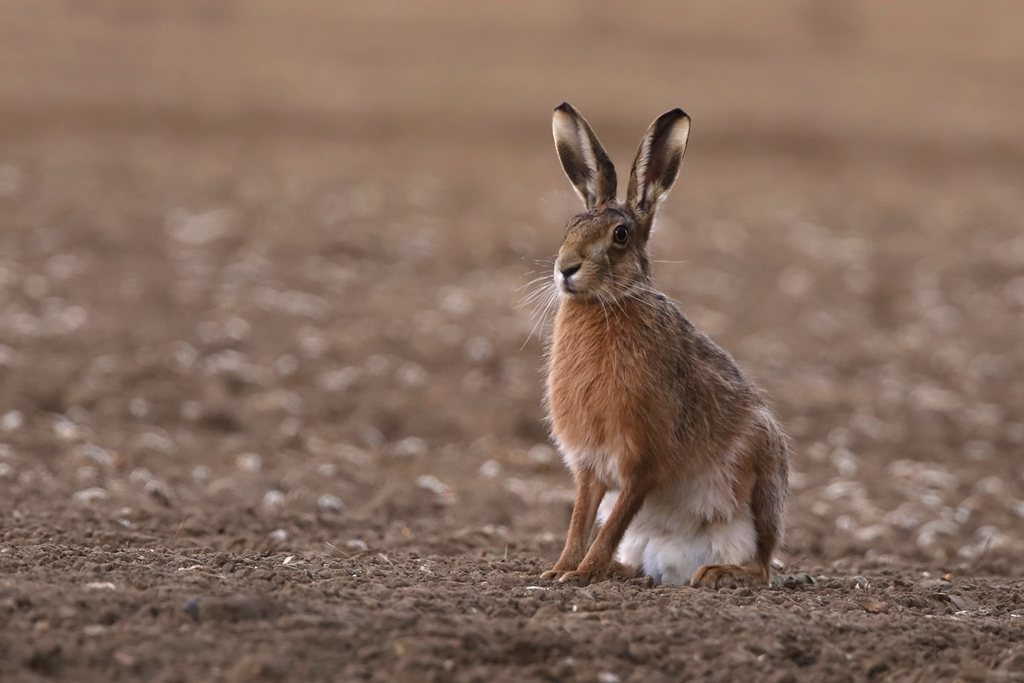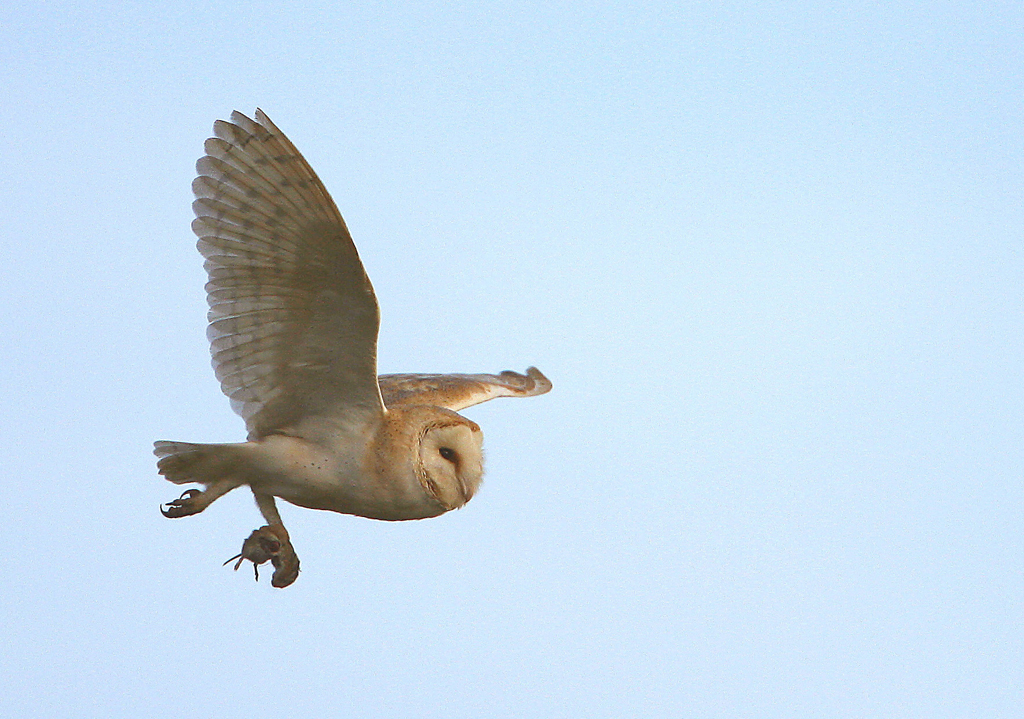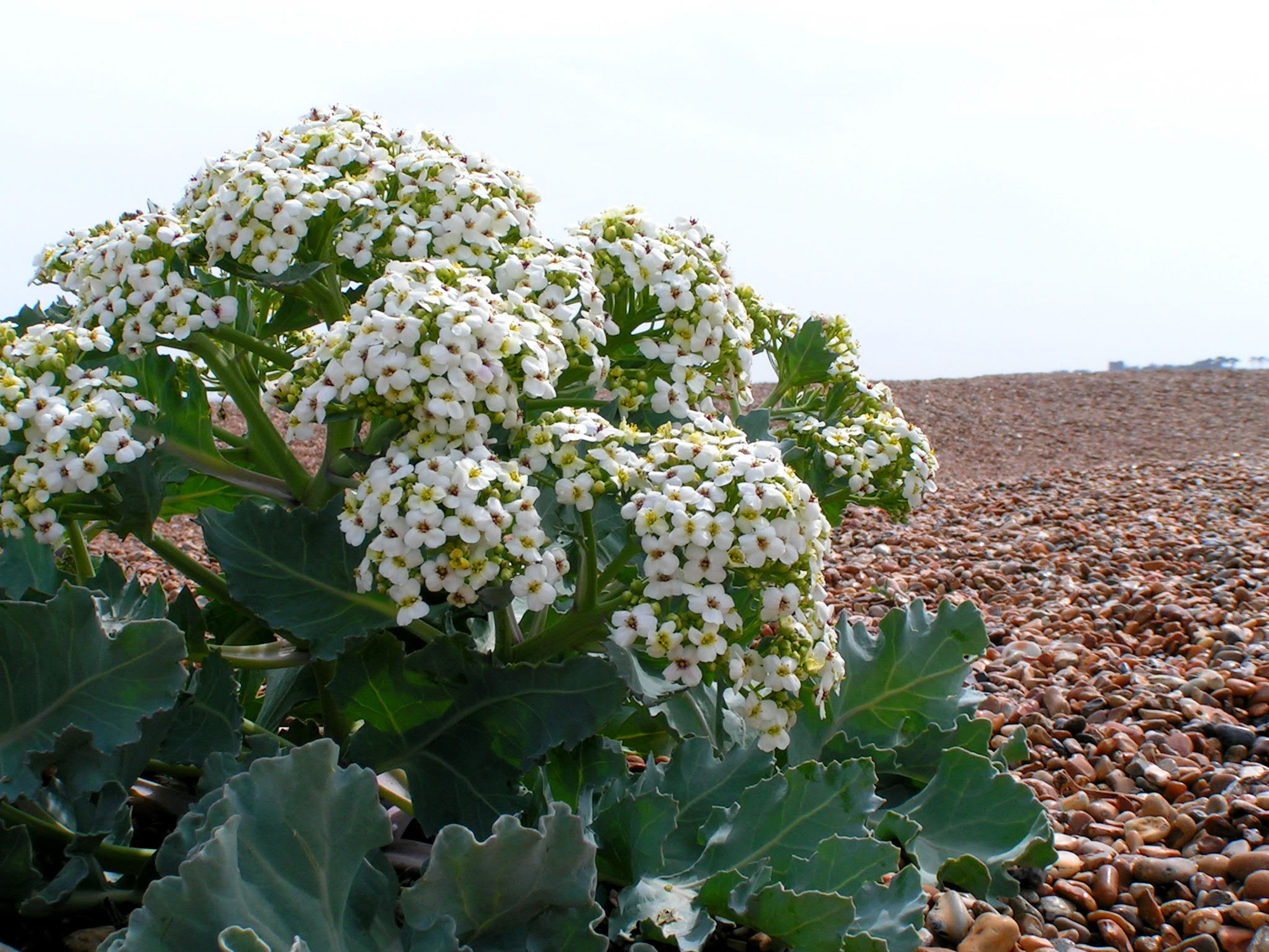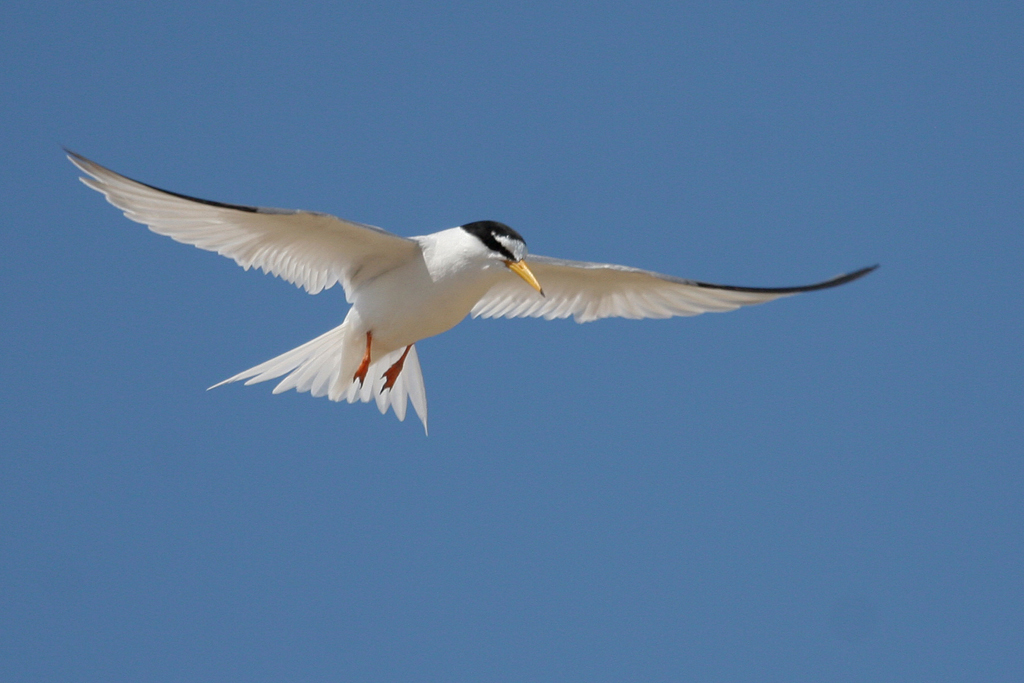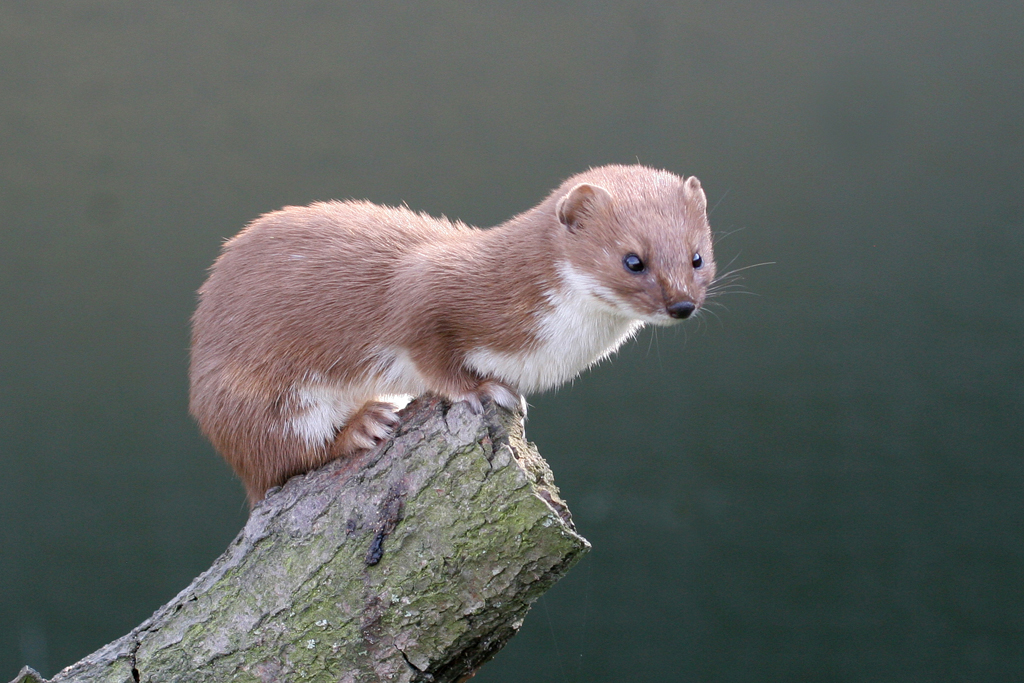Autumn is the most ambiguous season. You know where you are with winter’s bare and chilly landscapes, spring bright with blossom and bird song, and summer’s rich abundance. Autumn seems a more in-between season, harder to define exactly, but it has its own subtler qualities. Think of the slanting light on the fields, the wistful autumn song of the robin, swallows lingering on the wires before departure and the rusty hues of the falling leaves. If you’re feeling at all elegiac, autumn looks back with nostalgia and forward with apprehension. November in particular is no one’s favourite month, as Thomas Hood described in what must be the gloomiest poem in the English language:
No warmth, no cheerfulness, no healthful ease,
No comfortable feel in any member –
No shade, no shine, no butterflies, no bees,
No fruits, no flowers, no leaves, no birds –
November
He should have got out more, though. Far enough, at any rate, to look at an ivy-covered wall on a sunny autumn day, as I’ve just been doing. It was literally humming with insect life, all attracted by the nectar and pollen in the ivy’s late flowerings. There were red admiral butterflies, sucking up the reserves of energy they’ll need for hibernation, some honey bees and a small cloud of busy hoverflies – which included the eponymous ‘ivy hoverflies’ and, judging from their vivid orange and black banding, also a few of the delightfully named ‘marmalade hoverflies’. Ivy provisions a multitude of bird species through the winter, too – blackbirds, dunnocks and thrushes, which rely on its nutritious black berries when other food sources have been exhausted. It provides cover for tiny spiders, for the overwintering eggs and pupae of many moths and butterflies, and a safe retreat for small mammals and for nesting robins and wrens. So, it’s at once a larder, a fortress and a home to a host of wildlife.
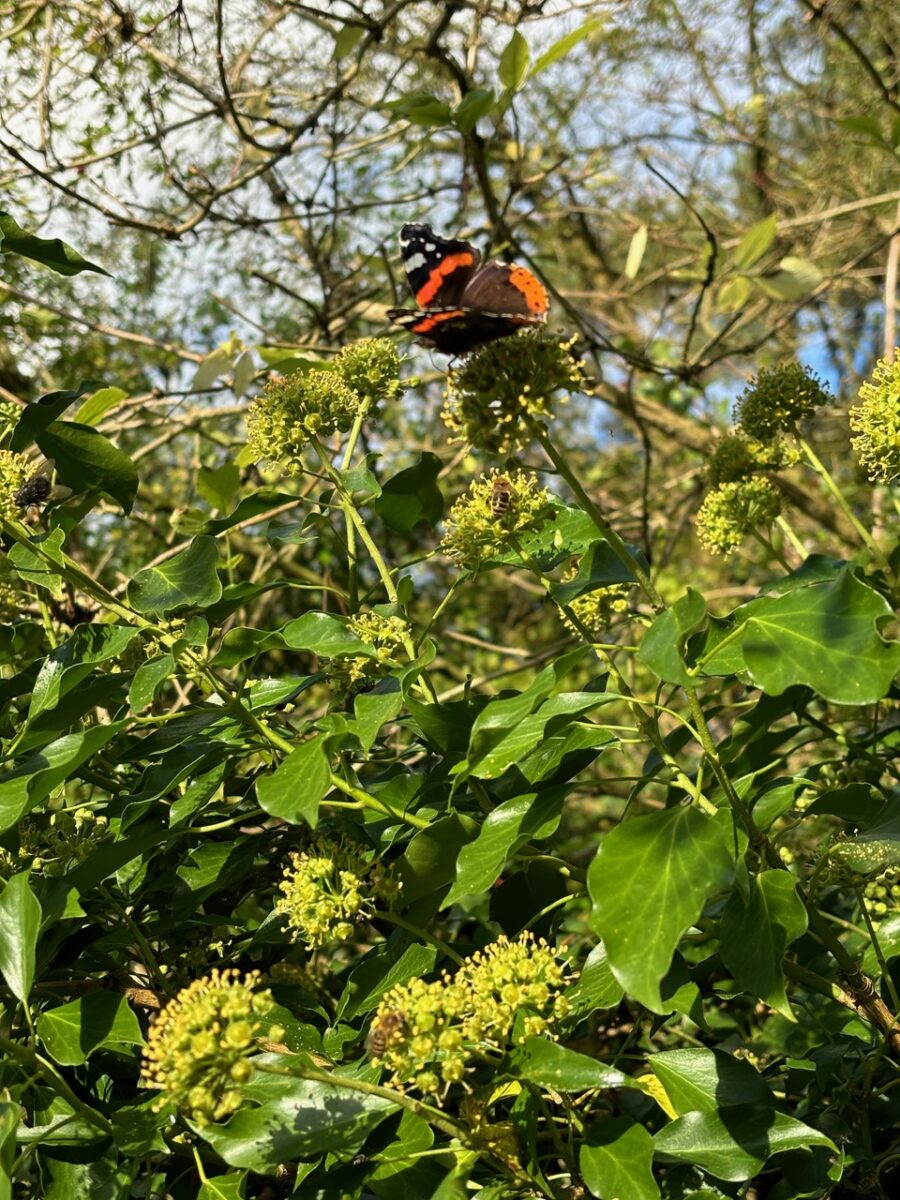
No wonder, then, that ivy has entered human culture, too, as a symbol of evergreen life. The ancient Greeks and Romans crowned the winners of poetry and athletic conquests with wreaths of ivy. They also regarded it as an antidote to drunkenness, perhaps because their grape-vines would often become smothered by ivy. Bacchus, the Roman god of intoxication, was usually depicted wearing a wreath of ivy and that connection continued in the medieval custom of having an ivy-topped pole outside ale houses. Ivy featured in traditional health cures and it also became a symbol of the elite Ivy League of US universities, which planted ivy to commemorate each new term. And finally, ivy and holly are a central part of our Christmas rituals, with the entwined ivy representing the female principle that binds everything together.
Jeremy Mynott
3 October 2024




